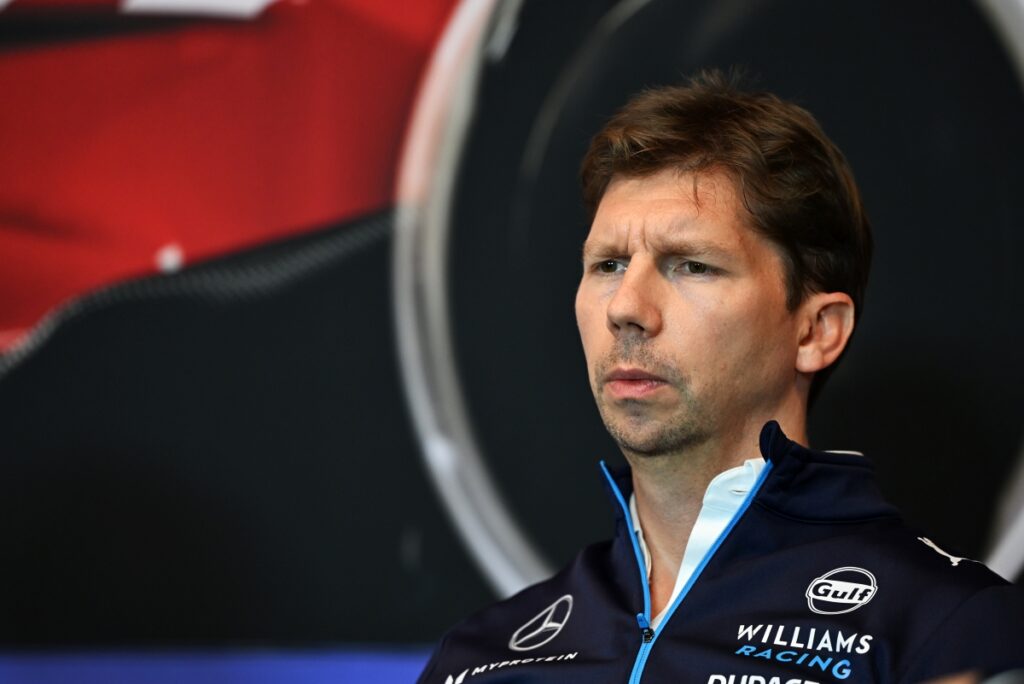Did Formula 1 Just Lose Its Edge? 2026 Rule Changes Could Narrow Gap with F2

Williams Team Principal James Vowles has thrown a cautionary flag on the proposed 2026 Formula 1 regulations, arguing that the gap between Formula 1 and its junior counterpart, Formula 2, could shrink to just a few seconds. This potential narrowing has the F1 community at large buzzing with concerns over the sanctity of motorsport's premier competition.
The Fédération Internationale de l'Automobile (FIA) has set the groundwork for future technical regulations with a focus on lighter, leaner cars boasting significantly reduced downforce. As the FIA envisions it, the next-generation F1 cars will carry 30% less downforce and endure 55% less drag than the machines currently tearing up the circuits. But these changes have received less than a standing ovation from those entrenched in the sport.
According to Vowles, simulations using a 2025 model spotlight a worrying trend: the new F1 cars might come too dangerously close in performance to modern F2 cars. The Briton voiced a clear stance—it's vital for Formula 1 to remain the apex of motorsport, far outpacing rival series like Super Formula and IndyCar. If F1 loses its dominant speed and performance edge, it enters murky territory where fans may question its unrivaled status.
“It’s imperative that we are still the leading series in motorsport,” Vowles emphasized. “That’s how I see us with the pinnacle of this competition. Therefore, we need to ensure that we’re maintaining the performance and speed we have. Right now, there’s a mismatch.”
Vowles pointedly underscored the potential issue with the future regulations, noting, “The performance difference to an F2 car could be as small as a few seconds. That’s starting to get a little bit tight when compared to other series around the world.” And with technological advances, those seconds could signify the fine line between an F1 car and its less prestigious peers.

However, Vowles did also concede that these apprehensions are not based on the final draft of the regulations. “These are draft regulations,” he mentioned. “Just this week, there were two changes that took quite a bit of downforce away. I’m confident we’ll get to a better solution. We’re not so far off, but more work is needed.”
The proposition of active aero—a technology designed to balance demand for increased downforce in corners while boosting top speeds on straights—has stirred its own debate. Andrea Stella, McLaren’s boss, argued that this could lead to an unbalanced formula, requiring further adjustments to chassis dependency. “The cars are not fast enough in the corners and too fast on the straights,” he critiqued.
Stella proposed a 50-50 power unit concept which balances performance demands without overburdening the chassis. “We can still achieve this in a way that doesn’t put too much requirement on the chassis side,” he noted. “From a power unit and chassis point of view, it's time all parties understand that they need to contribute to the sport’s success.”
The dialogue around these upcoming rule changes is set to continue as concerned team bosses gather in Montreal for a pivotal meeting with F1 CEO Stefano Domenicali. Given the stakes, one can expect passionate debates and possibly, a few compromises down the road.